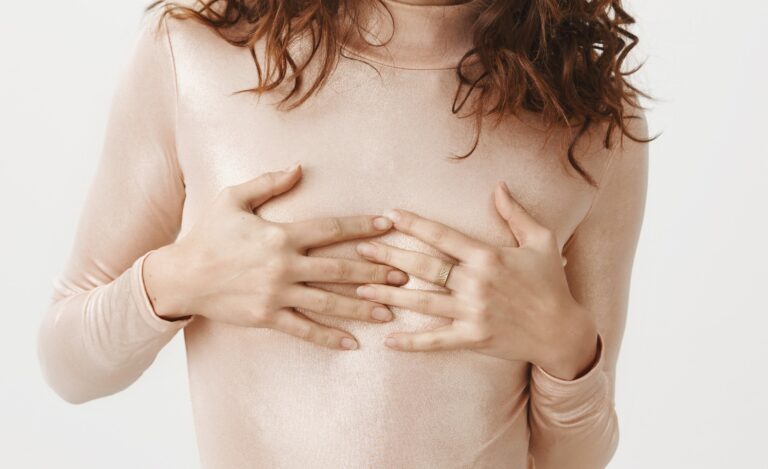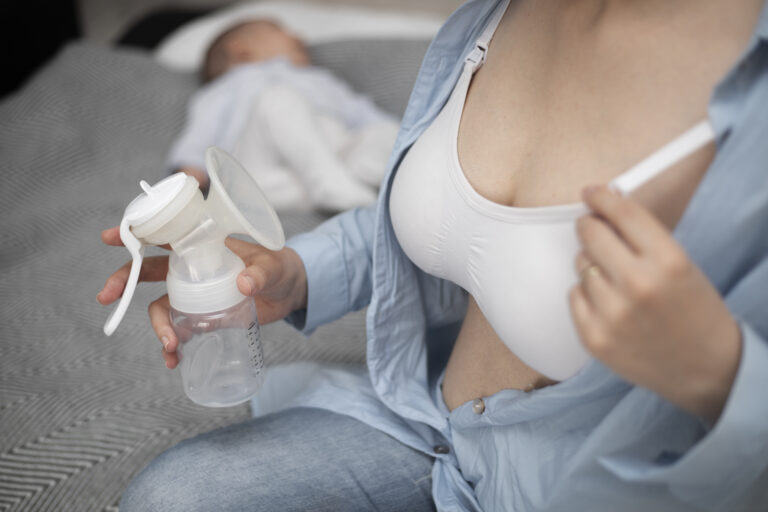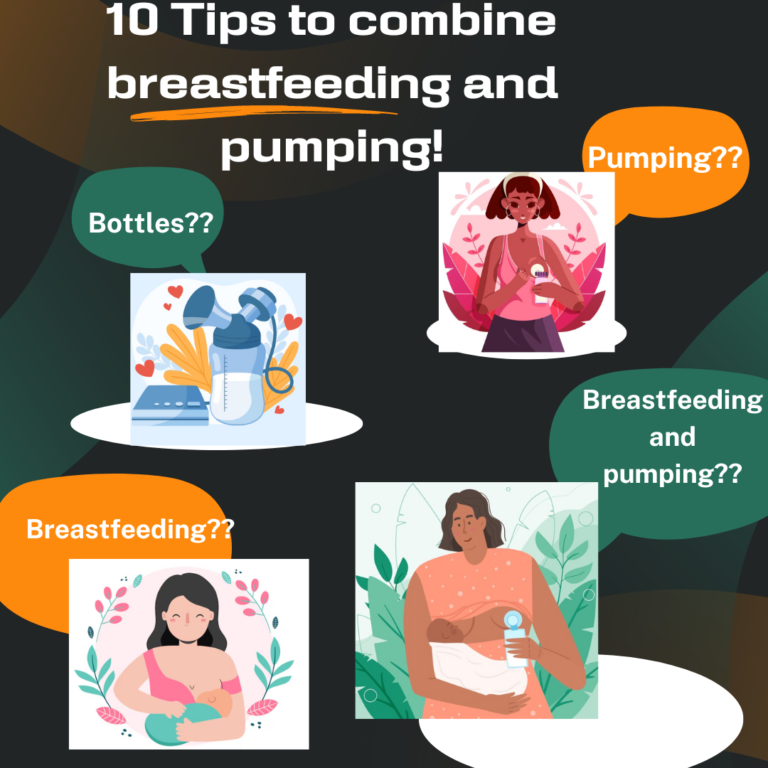Prodromal Labor’s Puzzle: How to Differentiate from the Real Deal

Embarking on the incredible journey of pregnancy introduces expectant mothers to a multitude of unique experiences, both delightful and challenging. One such enigmatic phase that many pregnant individuals encounter is prodromal labor, colloquially known as “false labor” or “fake contractions.”

In this comprehensive article, we will delve deep into the intricacies of prodromal labor, shedding light on its distinct symptoms, underlying causes, and effective strategies for managing this perplexing phenomenon.
What is Prodromal Labor?
Prodromal labor, often referred to as “practice contractions,” presents as irregular, yet oftentimes painful, contractions that bear an uncanny resemblance to genuine labor contractions. Despite their intensity, these contractions do not yield the coveted outcome of cervical dilation and the commencement of active labor. Rather, they serve as a preparatory phase for the impending birth process.
Causes of Prodromal Labor
The precise etiology of prodromal labor remains somewhat elusive. However, medical experts postulate an interplay of factors that may contribute to its occurrence.

Prodromal labor, can be perplexing for expectant mothers. While its exact causes remain a subject of ongoing research, several factors are believed to contribute to its occurrence. These triggers interact in complex ways, resulting in this phenomenon.
Possible Causes of Prodromal Labor:
- Fetal Positioning: The baby’s position in the uterus can lead to irregular contractions.
- Uterine Irritability: Increased sensitivity of uterine muscles can cause sporadic contractions.
- Hormonal Fluctuations: Changes in hormone levels may influence uterine activity.
- Maternal Stress: Stress can impact hormonal balance and trigger contractions.
- Dehydration: Lack of proper hydration might increase uterine irritability.
- Physical Activity: Overexertion or intense physical activity could induce contractions.
- Disturbed Sleep Patterns: Sleep disruptions might contribute to heightened uterine activity.
- Uterine Overstretching: A larger baby or excess amniotic fluid could lead to contractions.
- Body Readiness: Prodromal labor might be the body’s way of preparing for active labor.
- Braxton Hicks Contractions: Practice contractions may evolve into prodromal labor.
These factors can interact uniquely in each pregnancy, leading to the initiation of prodromal labor. While they offer insights into the phenomenon, further research is necessary to fully comprehend the intricate mechanisms behind its onset.
Signs of Prodromal Labor
Signs of prodromal labor include irregular painful contractions that mimic real labor, intense lower abdominal discomfort, back pain, and sporadic contractions. These contractions don’t consistently increase in intensity, often easing with changes in activity or position. Although distressing, they typically don’t lead to cervical dilation or active labor progression.
- Irregular Contractions: Prodromal contractions are marked by their unpredictable rhythm and frequency.
- Intensity without Progression: These contractions can be intense, sometimes causing discomfort akin to active labor, yet they do not culminate in cervical dilation.
- Location of Discomfort: The lower abdomen and lower back are the primary regions where the contractions are felt.
- Response to Activity: Contractions may vary in intensity based on changes in activity or position.
- On-and-Off Nature: Contractions can wax and wane over an extended period, potentially spanning days.
Managing Prodromal Labor
To navigate the challenges posed by prodromal labor, consider the following strategies:
- Stay Hydrated: Ensuring adequate hydration can mitigate the frequency and intensity of contractions.
- Prioritize Rest: Ample rest and relaxation provide respite from discomfort and may help regulate contractions.
- Experiment with Positions: Altering your position can alleviate pressure on the uterus, offering relief.
- Embrace Warm Baths: Immersing yourself in a warm bath can offer a reprieve from the intensity of contractions.
- Harness Breathing Techniques: Employ deep breathing and relaxation exercises to manage pain.
- Engage in Distraction: Activities that capture your attention can help divert focus from contractions.
Consult a Healthcare Provider
For any pregnancy-related concerns, it’s crucial to consult a healthcare provider. Their expertise ensures you receive accurate guidance tailored to your unique situation. Whether you’re experiencing prodromal labor, unusual symptoms, or uncertainties about your pregnancy journey, a healthcare provider can offer reassurance and advice.
They assess potential risks, provide personalized recommendations, and address any worries you may have. Pregnancy involves diverse experiences, and a healthcare professional’s insights are invaluable in ensuring the well-being of both you and your baby. Don’t hesitate to reach out for their support, as their knowledge is your best resource for a safe and fulfilling pregnancy experience.
Prodromal Labor vs. Braxton Hicks Contractions
Pregnancy is a remarkable journey, accompanied by a myriad of sensations and experiences. Among these, two phenomena that often perplex expectant mothers are prodromal labor and Braxton Hicks contractions. While both can evoke discomfort, they have distinct characteristics and implications. Let’s explore the disparities between these two pre-labor occurrences to gain a clearer understanding.
Prodromal Labor: Prodromal labor, sometimes lead to painful contractions that simulate genuine labor. Despite their intensity, these contractions lack the hallmark progression toward cervical dilation and birth. They serve as a preparatory phase, priming the body for active labor.

Braxton Hicks Contractions: Braxton Hicks contractions, or “practice contractions,” are sporadic, painless uterine tightening’s. They do not lead to cervical dilation and are generally less intense. These contractions aid in toning the uterine muscles, contributing to the readiness of the body for eventual labor. Braxton Hicks contractions can occur throughout pregnancy and tend to be more noticeable during the third trimester.
Distinguishing Factors:
- Intensity:
- Prodromal Labor: Contractions can be intense and at times even painful, often resembling active labor.
- Braxton Hicks: These contractions are typically milder and less uncomfortable, akin to a tightening sensation.
- Consistency:
- Prodromal Labor: Contractions may follow irregular patterns, making it challenging to predict their occurrence.
- Braxton Hicks: They are irregular and don’t form a predictable pattern, often described as “coming and going.”
- Effect on Cervix:
- Prodromal Labor: Despite the pain, contractions do not lead to cervical dilation.
- Braxton Hicks: These contractions do not bring about cervical changes or dilation.
- Response to Activity:
- Prodromal Labor: Contractions may not necessarily be affected by changes in activity or position.
- Braxton Hicks: These contractions might ease with rest or changes in activity.
- Duration:
- Prodromal Labor: Contractions can persist for hours, days, or even weeks.
- Braxton Hicks: They tend to be shorter in duration and less prolonged.
Differentiating Prodromal from Active Labor Contractions
Pregnancy is a transformative journey, culminating in the highly anticipated arrival of your little one. As you approach the momentous event of labor, understanding the nuances between prodromal and active labor contractions becomes crucial. Let’s delve into the intricacies of differentiating these two phases to help you navigate this exhilarating yet potentially bewildering experience.
Prodromal Labor Contractions

Prodromal labor contractionsare your body’s way of preparing for the grand finale. These contractions exhibit distinctive characteristics:
- Irregular Rhythm: Prodromal contractions lack a consistent pattern, making them difficult to predict.
- Intensity without Progression: These contractions can be intense, occasionally mirroring the sensation of true labor contractions, but they don’t lead to cervical dilation.
- Location of Discomfort: The lower abdomen and lower back are common sites where prodromal contractions are felt.
- Unpredictable Duration: Contractions in this phase may last a variable amount of time and do not exhibit the consistent increase in duration seen in active labor.
- Changing with Activity: Unlike active labor contractions, prodromal contractions may not necessarily increase in intensity with changes in activity or position.
- Ebbing and Flowing: Prodromal contractions may come and go sporadically over an extended period, spanning hours or even days.
Active Labor Contractions
Active labor contractions signify the initiation of the birth process and exhibit distinct attributes:
- Regular and Increasingly Intense: Active labor contractions follow a consistent pattern, gradually becoming more frequent and intense over time.
- Cervical Dilation: These contractions lead to progressive cervical dilation, paving the way for your baby’s journey into the world.
- Predictable Duration: Contractions in active labor typically have a distinct pattern of increasing intensity and duration as labor advances.
- Location and Spread: The pain of active labor contractions often starts in the lower back and radiates to the abdomen, enveloping the entire belly.
- Response to Position and Movement: Active labor contractions may intensify with changes in position and are usually not alleviated by rest or positional changes.
- Consistent Progression: Contractions in active labor consistently grow closer together, indicating the progression toward childbirth.
Distinguishing the Two
In essence, the key difference lies in the outcome of the contractions. Prodromal contractions, although intense, do not bring about cervical dilation or active labor progression. On the other hand, active labor contractions are characterized by their regularity, increasing intensity, and the ultimate goal of facilitating cervical dilation and birth.
When to Contact Your Doctor
Reach out to your healthcare provider under the following circumstances:
- Bleeding: Any vaginal bleeding requires immediate medical attention.
- Sudden Fluid Release: If you experience a sudden gush of fluid, as it could signify your water breaking.
- Uncertainty: If you are uncertain about the nature of your contractions, your healthcare provider can provide guidance.
Conclusion
Prodromal labor, though often frustrating, is a natural aspect of pregnancy for many individuals. By familiarizing yourself with its characteristics, differentiating it from active labor, and implementing effective coping mechanisms, you can navigate this phase of your pregnancy journey with enhanced understanding and confidence.
References
- Hanley GE, Munro S, Greyson D, Gross MM, Hundley V, Spiby H, Janssen PA. Diagnosing onset of labor: a systematic review of definitions in the research literature. BMC Pregnancy Childbirth. 2016 Apr 2;16:71. doi: 10.1186/s12884-016-0857-4. PMID: 27039302; PMCID: PMC4818892.
- Harper LM, Cahill AG, Roehl KA, Odibo AO, Stamilio DM, Macones GA. The pattern of labor preceding uterine rupture. Am J Obstet Gynecol. 2012 Sep;207(3):210.e1-6. doi: 10.1016/j.ajog.2012.06.028. Epub 2012 Jun 30. PMID: 22749410; PMCID: PMC3432730.
- Roberts, J. (2019). The ontology of early labour (and the difficulties of talking about it): Using interview methods to investigate uncertain and gendered concepts. Methodological Innovations, 12(1). https://doi.org/10.1177/2059799119825594
- Miller, Y.D., Armanasco, A.A., McCosker, L. et al. Variations in outcomes for women admitted to hospital in early versus active labour: an observational study. BMC Pregnancy Childbirth 20, 469 (2020). https://doi.org/10.1186/s12884-020-03149-7
Frequently Asked Questions:
- Can prodromal labor progress to active labor?
Prodromal labor can transition to active labor in some cases, but it’s not a definite progression.
- Does prodromal labor shorten active labor duration?
While no direct evidence supports this, some believe that prodromal labor might contribute to smoother active labor.
- Can your water break during prodromal labor?
Although less common, water can break during prodromal labor, but it’s more likely during active labor.
Note on Reliance: The information presented in this article is intended solely for educational purposes. It is not a substitute for professional medical advice. To receive accurate and tailored guidance, always consult a qualified healthcare provider.















+ There are no comments
Add yours